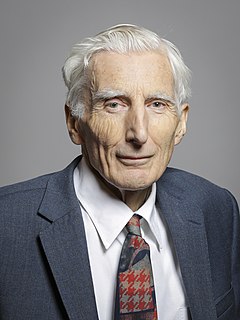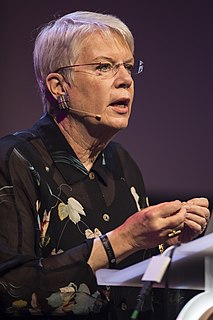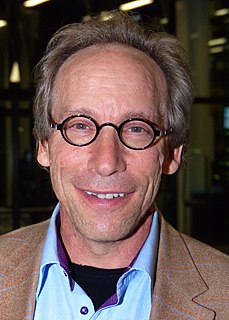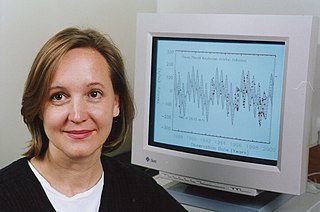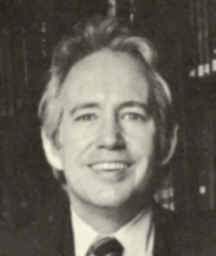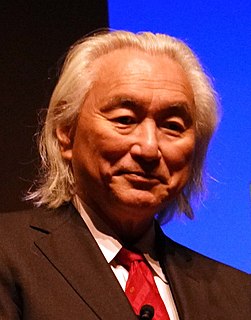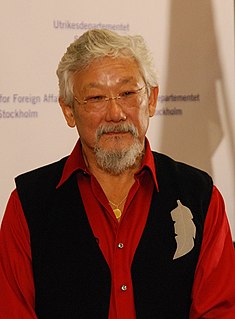A Quote by Neil deGrasse Tyson
We can trace the elements. They were forged in the centers of high-mass stars that went unstable at the ends of their lives, they exploded, scattered their enriched contents across the galaxy, sprinkled into gas clouds that then collapsed and formed stars and planets and life.
Related Quotes
Recognize that the very molecules that make up your body...are traceable to the crucibles that were once the centers of high mass stars that exploded their chemically rich guts into the galaxy, enriching pristine gas clouds with the chemistry of life. So that we are all connected to each other biologically, to the earth chemically and to the rest of the universe atomically.
We only recently figured out the origin of our own moon. And we have some idea of how the Sun and Earth formed, but that's only because modern telescopes empower us to see other stars and planets freshly hatched within gas clouds across the galaxy. As for the origin of life itself, the transition from inanimate molecules to what any of us would call life remains one of the great frontiers of biology.
You couldn't be here if stars hadn't exploded, because the elements - the carbon, nitrogen, oxygen, iron, all the things that matter for evolution - weren't created at the beginning of time. They were created in the nuclear furnaces of stars, and the only way they could get into your body is if the stars were kind enough to explode. So, forget Jesus. The stars died so that you could be here today.
The central region of the Milky Way, known as the bulge, is stuffed with literally tens of billions of stars. And most of these are old - considerably older than our Sun or its neighbors - because this part of the galaxy formed first. Consequently, bulge stars are generally deficient in heavy elements.
The atoms of our bodies are traceable to stars that manufactured them in their cores and exploded these enriched ingredients across our galaxy, billions of years ago. For this reason, we are biologically connected to every other living thing in the world. We are chemically connected to all molecules on Earth. And we are atomically connected to all atoms in the universe. We are not figuratively, but literally stardust.
There was a sky somewhere above the tops of the buildings, with stars and a moon and all the things there are in a sky, but they were content to think of the distant street lights as planets and stars. If the lights prevented you from seeing the heavens, then preform a little magic and change reality to fit the need. The street lights were now planets and stars and moon.
If we're thinking about old civilizations, those that formed a long time ago and there were stars and planets around long before Earth even existed, then these are going to be towards the center of the galaxy. That is the place to look if you think there are ancient civilizations that have made beacons or some other way of attracting our attention.
It is unlikely that we will ever see a star being born. Stars are like animals in the wild. We may see the very young, but never their actual birth, which is a veiled and secret event. Stars are born inside thick clouds of dust and gas in the spiral arms of the galaxy, so thick that visible light cannot penetrate them.

